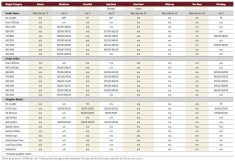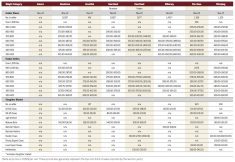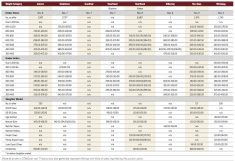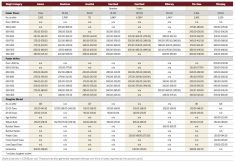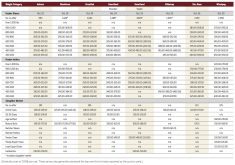Cull cows accounted for most of the cattle moving through the Manitoba cattle auction yards in mid-June, with facilities already closed for the summer or operating at a reduced schedule.
“We’re seeing large volumes of cows come into the market in Manitoba,” said Rick Wright of Heartland Order Buying, adding that prices were relatively steady during the week after dipping earlier in the month. “Our cow market in Manitoba is probably as strong as any place in Western Canada,” he added, noting that Manitoba cows benefit from being closer to United States markets than those marketed in Saskatchewan or Alberta.
Read Also

Canadian canola prices hinge on rain forecast
Canola markets took a good hit during the week ending July 11, 2025, on the thought that the Canadian crop will yield well despite dry weather.
For feeder cattle, “the guys are putting together the last bit of grass cattle to go out,” said Wright. Light cattle were seeing decent prices, with some interest on the medium-weight animals as well.
Steers in the 400- to 500-pound range were priced anywhere from $200 to $250 per hundredweight. Heifers in the same weight class generally brought $190 to $215 per hundredweight.
“Feedlots are moving some fed cattle and are getting some space, but with the way the market is looking for the next 90 days they are very cautious about putting new inventory in,” said Wright.
The slaughter pace in the country is well behind normal due to COVID disruptions, which means there are still huge numbers of fed calves to come to market. Boxed beef prices are weak as a result, which should keep pressure on all aspects of the cattle sector going forward.
The finished market could get pretty ugly before things turn around, and it will take a long time to work through the backlog caused by the COVID-19 disruptions, said Wright.
“It will be a very stressful summer for cattle producers wondering about what will happen over the next six months,” said Wright.
The fall run will depend on pen space, when the backgrounding lots can buy, and pasture conditions — all of which are beyond the control of producers.
While heavy rains brought moisture to south-central and eastern regions of Manitoba, the Interlake and western part of the province need rain for hay crops especially as heavy winds continue to dry things out quickly.
“We’re certainly concerned about how long the pastures will last and what kind of hay crop they’ll have,” said Wright.









